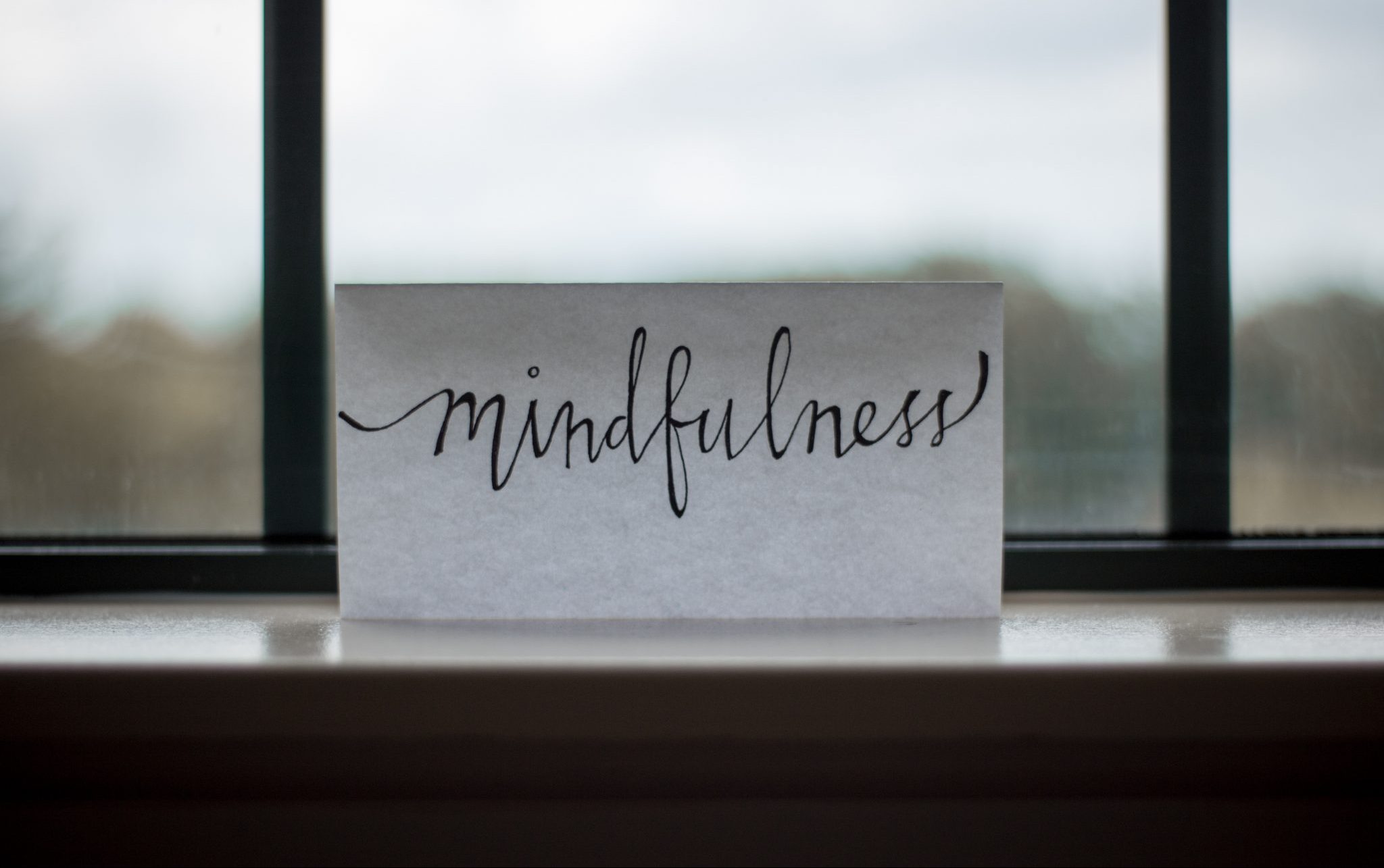If you can’t get up from the bed in the mornings, if you find it hard to do basic chores, if actions – like brushing your teeth or going outside – demands inhuman efforts, it might be highly possible that you have depression.
The hardest thing about depression is to recognize it. It enters your life swiftly, creeps up on you and stays unnoticed until you feel like you might as well stop breathing because you see no sense in doing so. Depression as a notion is belittled by mass media and an overall lack of proper education in mental health issues. Depression is often mistaken for “seasonal mood swings” and “too-much-free-time-boredom”.

If you still believe so, then you might find the World Health Organization data helpful. According to WHO findings, Depression is the leading cause of ill health and disability worldwide. More than 300 million people are now living with depression, an increase of more than 18% between 2005 and 2015. Lack of support for people with mental disorders, coupled with a fear of stigma, prevent many from accessing the treatment they need to live healthy, productive lives. Apart from the direct impact there are also associated health risks, like diabetes and heart disease. There is also contrary correlation: people with certain chronic conditions and pains are more likely to develop symptoms of depression. Depression is also an important risk factor for suicide. Every year thousands of people take their lives due to ongoing depression left untreated.
Depression often requires a combined professional approach, like psychotherapy and medications. But apart from that, there is something you can do yourself, to soothe your current state of mind and help to heal faster: use meditation for depression.

You may ask: does meditation help with depression? According to Harvard Health Publishing, an implementation of meditation routine into your daily life may significantly increase brain’s capability to manage stress and anxiety.
Research has shown that daily meditation practice can help by changing how the brain responds to stress and anxiety.
It does rearrange the whole vicious circle of rumination and tension by breaking the neural connection in the brain that induce feelings of fear and anxiety.
Meditation is one of the most ancient mental relaxation techniques that stem from the oriental philosophy of mindfulness and harmony. Anti-depression meditation gives you a great opportunity to find time for yourself in your packed schedule. And daily meditation can actually give you a perspective on your everyday life, choices, relationships and may change your approach to them.
What about antidepressants and psychotherapy? They are an essential part of treatment and you shouldn’t substitute professional help with an alternative. It is better to use this as part of a holistic approach.
How to meditate for depression?
We’ve gathered a set of 10 techniques and approaches that you can choose from:
The most essential and the easiest meditation technique is the following:
- Find a quiet and peaceful place. It can be your room, a bench in a park, a garage – just any place where you definitely won’t be disturbed.
- Sit comfortably with the best posture for free breathing.
- Close your eyes and focus your mind on your breathing.
- Do it for 15-30 minutes.
You might find it extremely difficult not to concentrate on anything, and beginners tend to stress about being unable not to stress. But be gentle and keep trying.
From the basics to more meditation techniques! Try any from the list and let the meditation cure depression:
1. Chanting / Mantra meditation.
This mantra is for creating good vibes and vibrations. There is a belief, that different languages produce different vibrations and Sanskrit is the purest vibration? Some people find this amusing or discard these as quasi-science, others take it seriously. You are free to choose.
Take a comfortable position and focus on repeating Om mantra or any chant.

2. Body scan meditation
As you can guess from the title, this is the type of meditation where you are supposed to focus on your body parts step by step. Shift your attention to your arms, legs, stomach, etc. Focus on inhaling and exhaling deeply.
3. Anapanasati meditation
This is a breathing meditation that is a great start for all amateurs and newcomers.
Three Anapanasati meditation steps are:
- Focus on the breath
- Relax the mind
- Focus on the feeling of calmness.
4. Mindfulness meditation
Mindfulness is a form of meditation that focuses on being in the present moment. This meditation will be helpful to those people who are constantly trapped in regretting the past or dreading the future.
The pros of the meditation are that you can practice it almost anytime anywhere. You can meditate at any stressful moment like a bank queue or traffic jam.
5. Zen
Zen is associated with Buddhism. This meditation usually requires a teacher’s supervision, as it includes specific steps and postures.
Take a comfortable position, take deep breaths and observe your thoughts without judgment.
You can also try Zen walking if sitting doesn’t fit you. In this meditation your goal is to walk up and down the path and meditate on your sensations of moving and walking.
It is best for those who want to combine walking and meditation. (You can try this meditation while doing a walking routine with our Walking App).
6. Loving Kindness (Metta)
This type of meditation revolves around self-love and self-care and battling self-criticism. The most crucial part of this meditation is self-compassion.






































